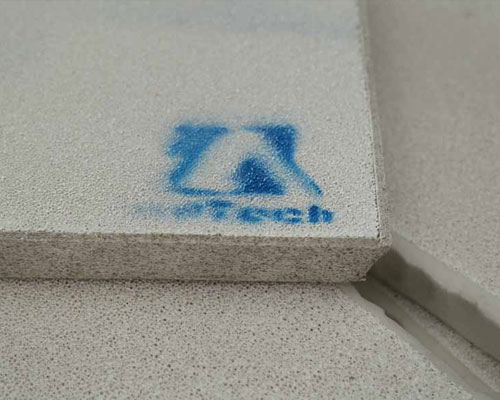In the aluminum industry, there is an increasing need to remove solid and liquid inclusions, such as deoxidized products, sulfides, nitrides, carbides, etc., to improve the cleanliness of aluminum. As we all know, the size, type and distribution of non-metallic inclusions in aluminum have a considerable impact on the mechanical properties of castings. Filtration technology in aluminum and aluminum alloy casting has become common practice, and ceramic foam filters filter molten aluminum to minimize the number of residual non-metallic inclusions.
Three basic filtration mechanisms of ceramic foam filters are possible to remove inclusions from molten aluminum. In the case of screening, particles are retained on the surface of’ the filter their size being larger than that of the filter pores.
Cake filtration occurs when inclusion particles are forming a cake on the filter surface, causing the metal flow to slow down and eventually cease. The solid particles retained are generally much smaller than the pore openings of the filter and the process of filtration becomes more complex.
Successful molten aluminum filtration is achieved by the two main steps of particle transport to the internal filter walls and the attachment of particles to the inner filter surface.
The particle trajectories when the fluid flow changes direction in front of an obstacle or inside a foam filter. Particles with a density lower than that of the moving fluid around deviate from their original path and impact with the filter.
Particle transport depends on the size and density of the inclusions, physical properties of the liquid metal, tortuosity of the filter, and diameters of the filter pores.
It also depends on the lift component due to buoyancy and inertial forces. Inertial effects on the particle trajectories generally depend on fluid velocity.
Hydrodynamic effects result from the non-uniform shear field and the non-sphericity of the particles causing velocity distributions within the carrier fluid and thus rotation and tumbling motion of the particles in the flow field with the result of impingement to the filter wall.

